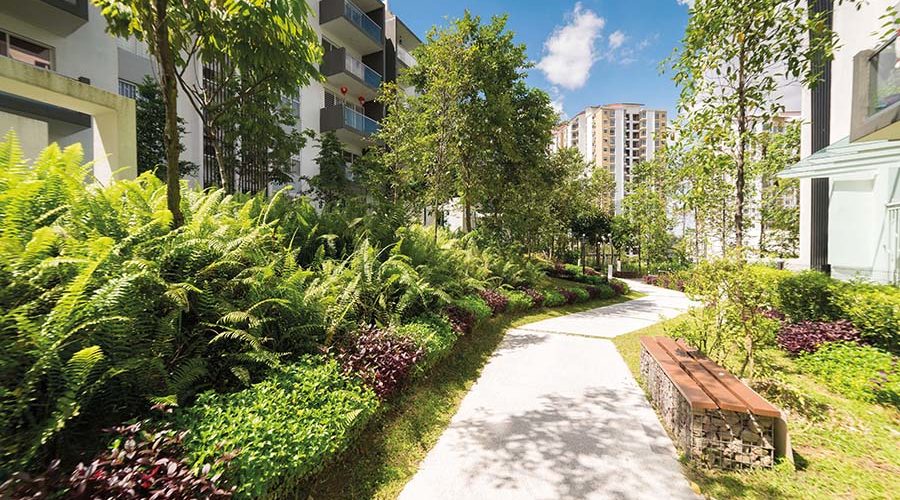A building’s thermal performance is determined by the quality of the insulation installed within its fabric. Due to their strength, reliability – and from an installer’s point of view – useability, polyisocyanurate (PIR) panels are increasingly becoming the specifier’s choice when it comes to creating homes which optimise interior comfort and wellbeing. So, how does PIR differ from traditional insulation materials such as mineral or glass wool? Simon Blackham, Technical Manager at Recticel Insulation, explains more.
Recticel Insulation
According to the Insulation Manufacturers Association (IMA), the average UK household spends around £1230 on fuel bills each year, which can be up to 50% more than necessary due to the lack of energy-saving measures being implemented in the home. Poorly-insulated building fabric is a major contributor to domestic energy wastage. To help combat this, the construction industry is increasingly turning to PIR, rather than mineral fibre-based insulation.
There are numerous benefits associated with PIR insulation. Its closed-cell structure means it doesn’t absorb water, allowing the thermal performance and reliability of the product to be retained over time. When it comes to installation, the PIR boards are lightweight, less cumbersome to transport and easy to cut. PIR helps reduce onsite labour times and, in turn, overall build cost. Unlike its fibrous counterpart, PIR doesn’t shed fibres – which can be inhaled – and causes less irritation whilst being handled. This results in a more comfortable application for installers, whilst the improved performance reduces energy use, thus benefiting the environment over the lifetime of the property.
Slim composition – powerful performance
With a lambda value as low as 0.022W/mK, PIR provides excellent performance. This, coupled with its slim composition, means it requires less space to achieve the same U-value as other insulation materials. This is of particular benefit to housebuilders looking to maximise interior living space in multi-property developments with limited plot size. For mineral wool to attain the same level of thermal performance as a PIR panel, a much thicker insulation and overall wall width would be required. Once the cavity width increases, wall-tie lengths have to be lengthened and window and door lintels expanded – the whole building process becomes more expansive and costly.
Unlike fibrous insulation, which deteriorates over time when damp sets in, PIR insulation’s structural strength enables a consistent performance that will last for generations; negating costly repairs and maintaining its thermal qualities. PIR insulation is also renowned for its adaptability – it’s an ideal solution for a range of applications such as floors, walls, pitched and flat roofing.
Therefore, when it comes to specifying insulation for new or refurbishment building projects, there is much to consider. What insulation thickness is required to achieve the desired U-value? Will this require the building’s structure or design to be altered? How durable is the insulation, and what is its proven lifecycle? How easy is it to fit, and what will this mean in terms of site hours, labour costs and the project’s overall sustainability? PIR panels offer a proven solution to each design and installation conundrum.









